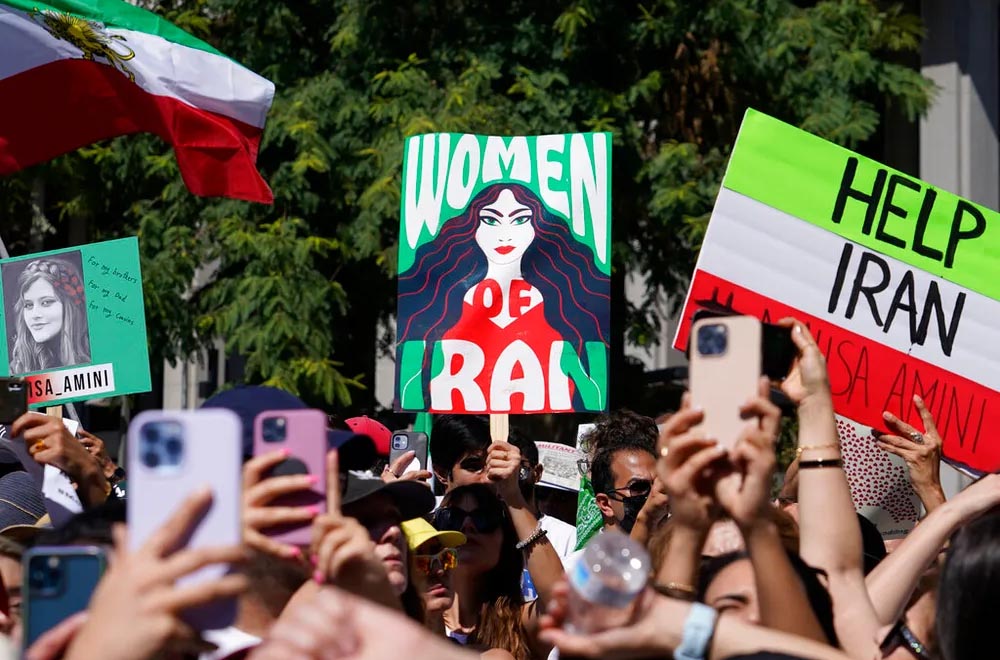Download (PDF, 5MB)
INTRODUCTION
An ancient civilization
Iran, or Persia, is one of the most ancient civilizations that we know of. There is evidence that settled communities existed there as early as 7,000 BC. Later, during the Achaemenid period, 559 BC – 486 BC, the Persian Empire stretched from India in the east to Turkey and the shores of the Black Sea in the west, also including parts of Egypt and Libya in the south. In the Achaemenid period, the official religion of Iran was Zoroastrianism, one of the most ancient organized religions. Zoroastrian beliefs influenced many other religions, for example, the Jewish religion, Christianity, and Islam.
Poets of Iran
Iranians love poetry and often know many of the poems by their great poets like Ferdowsi or Hafiz by heart. Often at Iranian parties, someone will recite a verse of one of these poems. It is a challenge to the next person at the table. Can he or she recite the next verse? If so, the challenge passes to the next person at the table, and so on. A chapter in this book is devoted to Iranian poets.
Persian art and architecture
The tradition of Persian miniature painting is ancient, but it also continues today. Western artists such as Matisse have been influenced by the free use of space in Persian miniature painting. Persian architecture is also noteworthy and unique. A chapter in this book is devoted to these two aspects of Iranian culture.
Persian science
Throughout history, Persian scientists, such as al-Khwarizmi, Omar Khayyam and al-Razi, have made important contributions to mathematics, medicine, chemistry, astronomy and geography. Today Iran is a scientifically advanced modern nation with a rapidly growing output of research papers, and a nuclear reactor program. The reactor has aroused fears the Iran will produce nuclear weapons, although the Iranian government has strenuously denied that it intends to do so.
Attacks on Iran
Modern Iran has never attached any of its neighbors, but has been attacked numerous times. These attacks include the British-supported revolution that overthrew the Qajar Dynasty and installed Reza Shah, the Allied invasion of Iran during World War II, the CIA and M5 overthrow Mosaddeh in 1951, and the attack on Iran by Saddam Hussein.
Current protests in Iran
A chapter is devoted to the brave protests which have erupted after the murder of Mahsa Amini by the “morality police” of the tyrannical clerical regime. Hundreds of protesters have been arrested and many thousands arrested, potentially facing the death penalty. The outside world extends its support and sympathy to the brave protesters and everyone hopes that the regime will in the end be overthrown. When religion and politics are mixed, the smell is really terrible!
Some personal memories of Iran
I hope that readers will forgive me for concluding this book with some personal memories of Iran. In 1943, my father, who was then serving as Dean of Medicine at Boston University, was asked to go to Iran to become the Director General of Public Health for the allied occupation government of the country. After the end of World War II, he remained in Iran until 1950, as advisor to the Iranian Ministry of Health. Programs which my father started ultimately virtually eliminated malaria from country, saving an enormous
number of lives.
Read the entire book above or download it here.
The pdf files of John’s books may be freely downloaded and circulated from here, here and here.
We thank John Scales Avery, a renowned intellectual, EACPE board member, and theoretical chemist at the University of Copenhagen, for giving us permission to reproduce his latest book for EACPE.


